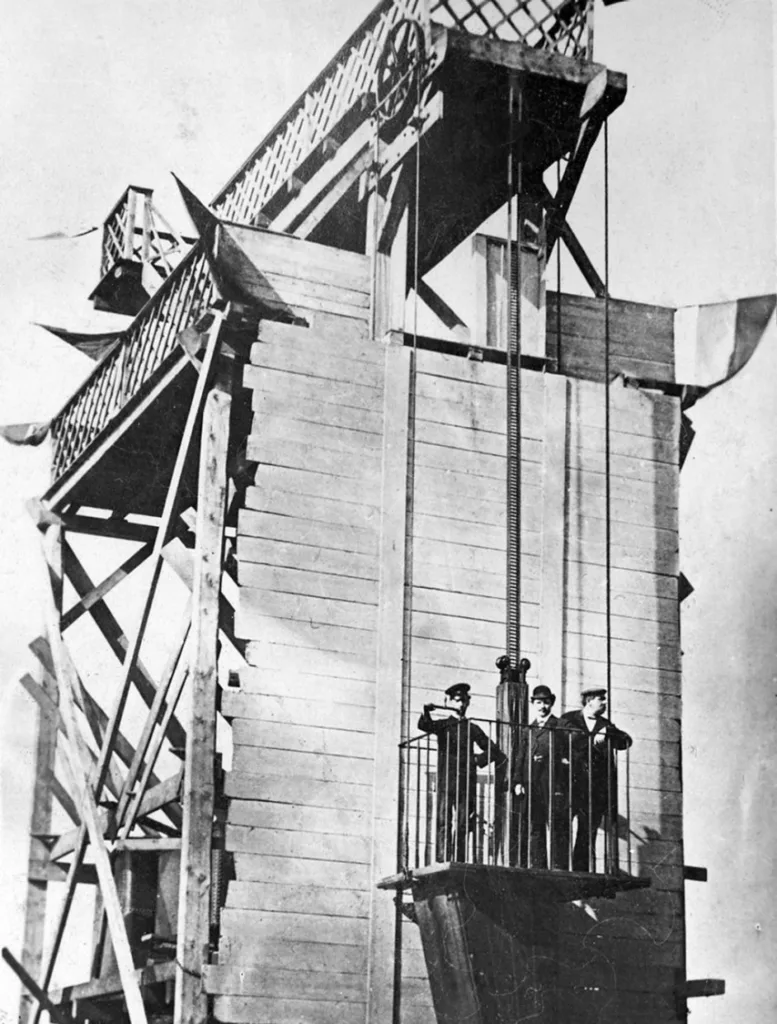14 April, 11:30

Modern electric elevators are a relatively recent invention, but they have a rich history that spans over a century. One such unique story is found in Georgia. In this blog post, we will share the fascinating history of elevators in Georgia.
The first elevator in Tbilisi was installed in 1883. It was placed in the home of Georgian nobleman David Sarajishvili, the founder of the country’s first cognac factory. The elevator operated on a steam engine and could carry six people at once. The installation of this elevator was a significant event in the history of Georgia, as it was the first of its kind in the entire Caucasus region.
Let’s not forget the Siemens brothers, Werner and Carl Siemens, who are renowned for their contribution to the early elevator industry in the 19th century. They were German engineer-inventors who founded Siemens & Halske, the company now known as Siemens AG.
In 1885, Werner Siemens designed and built the first electric elevator, using a direct current motor to power the elevator. This invention revolutionized the elevator industry, as electric elevators were faster, more efficient, and safer than the earlier hydraulic or steam-powered elevators. The Siemens brothers continued to develop and patent many other innovations related to elevators, including safety devices, control systems, and machine rooms.
The Siemens brothers’ influence on the elevator industry wasn’t limited to Germany. Their inventions and innovations were widely adopted around the world, including in Georgia, where the first electric elevator was installed in Tbilisi in 1913, in the building of the Georgian Trade and Industrial Bank. This was a significant improvement over the earlier steam-powered elevators, as it was faster and more efficient. By the 1920s, elevators were installed in many buildings in Tbilisi, including government buildings, hotels, and apartment complexes.

During the Soviet era, Georgia underwent significant modernization and industrialization, and elevators were a key part of this process. In the 1960s and 1970s, many new high-rise buildings were constructed in Tbilisi and other cities, and installing elevators in these buildings became essential. Soviet-era elevators were often large and designed to carry a large number of people at once.
Before the Soviet Union, elevators were seen as a symbol of modernity and progress and were often used to demonstrate the wealth and status of building owners. However, during the Soviet era, elevators were regarded as a symbol of collective society, where people from different social classes would ride the same elevator together.
After the collapse of the Soviet Union in 1991, Georgia experienced a period of economic and political instability. Many buildings in the country were in disrepair, and elevators were often neglected and poorly maintained. However, in recent years, there has been a renewed interest in elevators in Georgia, particularly in Tbilisi. Many old buildings have been renovated, and new buildings are being constructed with modern elevators that are faster, more efficient, and environmentally friendly.
Despite their many advantages, there are challenges related to the maintenance and operation of elevators. In Georgia, elevators are exposed to harsh weather conditions, such as high temperatures and humidity, which can cause wear and tear on the equipment. Additionally, elevators are vulnerable to power outages and other electrical issues, which can lead to malfunction. Furthermore, most of the elevators in Tbilisi have exceeded their service life and require modernization.
Ultimately, the history of elevators in Georgia reflects the country’s modernization and changes over the past century, from the first steam-powered elevator installed in Tbilisi in 1883 to today’s modern elevators in high-rise buildings.
Articles 6 Effective Methods for Properly Cleaning Your Elevator – Expert Tips 27 June, 12:00 An elevator is an integral part…
Enjoy modern and secure elevator services designed for your comfort. Our team brings over 17 years of expertise to ensure your safety and satisfaction.
Safety is our priority
© 2025 Ltd. ,,L.S.''. All rights reserved